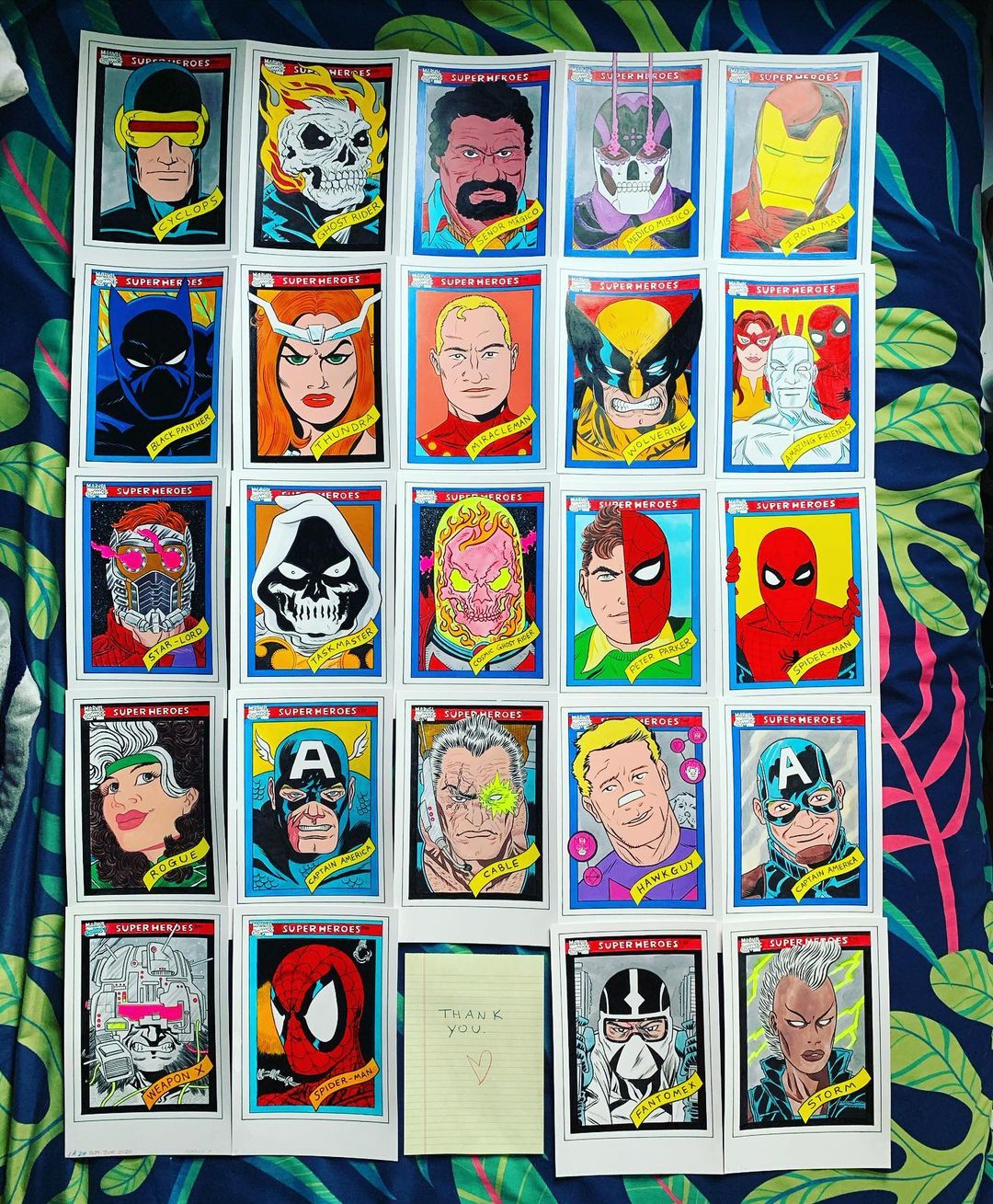On four Saturdays this fall, three teenage girls of color spent hours at an East Harlem dance studio. Wearing masks, they practiced contemporary dance and experimented with choreography, but they also journaled and had roundtable discussions.
This mix of activities at the free afternoon workshop, known as Me<We and run by the MODArts Dance Collective, placed community alongside artistic and technical skill.

“The whole purpose is for the girls to realize that their voices have value, that they are meant to be seen and heard, that they can be world leaders, they can be change makers, they can be community leaders,” said MODArts founder Leah Tubbs.
The program is one way that artists around New York City are using their crafts to support renewed demands for racial justice since the killing of George Floyd by police in May.
One Long Island artist drew superheroes in exchange for donations to Black Lives Matter, and a Brooklyn-based painter dedicated her social media accounts to sharing the works of other Black artists.
Tubbs calls the new dance workshop, which is limited to three students due to social-distancing measures, “small and mighty.”
“I think my role as an activist is to provide as many spaces for Black and Brown voices to be seen and heard without feeling like they’re being censored or held back,” Tubbs said. “It means that I am sharing resources and offerings with my community.”

Tubbs encourages Me<We participants to reflect on their place in and impact on the societies they inhabit. Her approach moves outward, from self to family to neighborhood to city.
“Being in a dance studio again, after all this time because of Covid, has been just an amazing feeling,” says participant Serenity Thompson, 17, who was born and raised in Harlem. “The roundtable discussions made me realize that as I’m not immersed enough in my community to be able to ask, ‘What are the positive things about it? What are the things that can be improved?’”
Tubbs has navigated these conversations with her students ever since she founded MODArts Dance Collective in 2011, a year after she and her husband moved to New York City. But this year’s events added more urgency to the discussion about these dancers’ place in society as young women of color, she said.
Streamed, recorded performances from Me<We will become part of MODArts’ November dance festival, Move to Change, which is being presented virtually this year. The festival features performances from 12 dancers of color, six of whom will be international for the first time due to its virtual platform.
Working with young artists fulfills a duty to benefit her community, said Tubbs, who grew up in Birmingham, Alabama, where her father walked with Dr. Martin Luther King Jr.
“I feel like I can see a baton being handed to me by my elders, that I should be proactive in holding spaces for Black and Brown people to be able to breathe, to be able to commune and to be able to see art that truly speaks to them and their experiences,” she said.
While Tubbs uses her dance studio to facilitate grassroots community building, others, like Brooklyn artist Noah Nicholson, are using their art and social media to contend with racial inequality.
When Black Lives Matter protests erupted across the country this summer, Nicholson, 19, found herself confronting her place in the movement as a woman who is half white. Depicting Black lives in her painting helped her work through the question, she said.

She then began connecting with other artists on Instagram and using the platform to showcase her work and that of other Black artists.
“In the summer, I tried to orient my painting towards something that was activism, but it ended up being therapeutic as well. I found a ground where I could do both at once,” Nicholson said.
Her contact with illustrator and comic book artist Daniel White led to another project, as well. With Nicholson, White compiled a list of activist groups like the American Civil Liberties Union and Black Lives Matter and offered to draw a superhero for anyone who donated at least $40.

White, who lives in Seaford, Long Island, raised almost $1,400 with 24 drawings.
Still, he wanted to do more, so he and Nicholson curated a directory of Black artists. Each time he posted a donation, he wrote about a different artist, with a brief introduction and ways to view his or her work.
“Just posting up a superhero drawing and saying ‘this is for this cause’ didn’t feel like it was good enough. I wanted to figure out a way to keep this conversation going,” White said.



